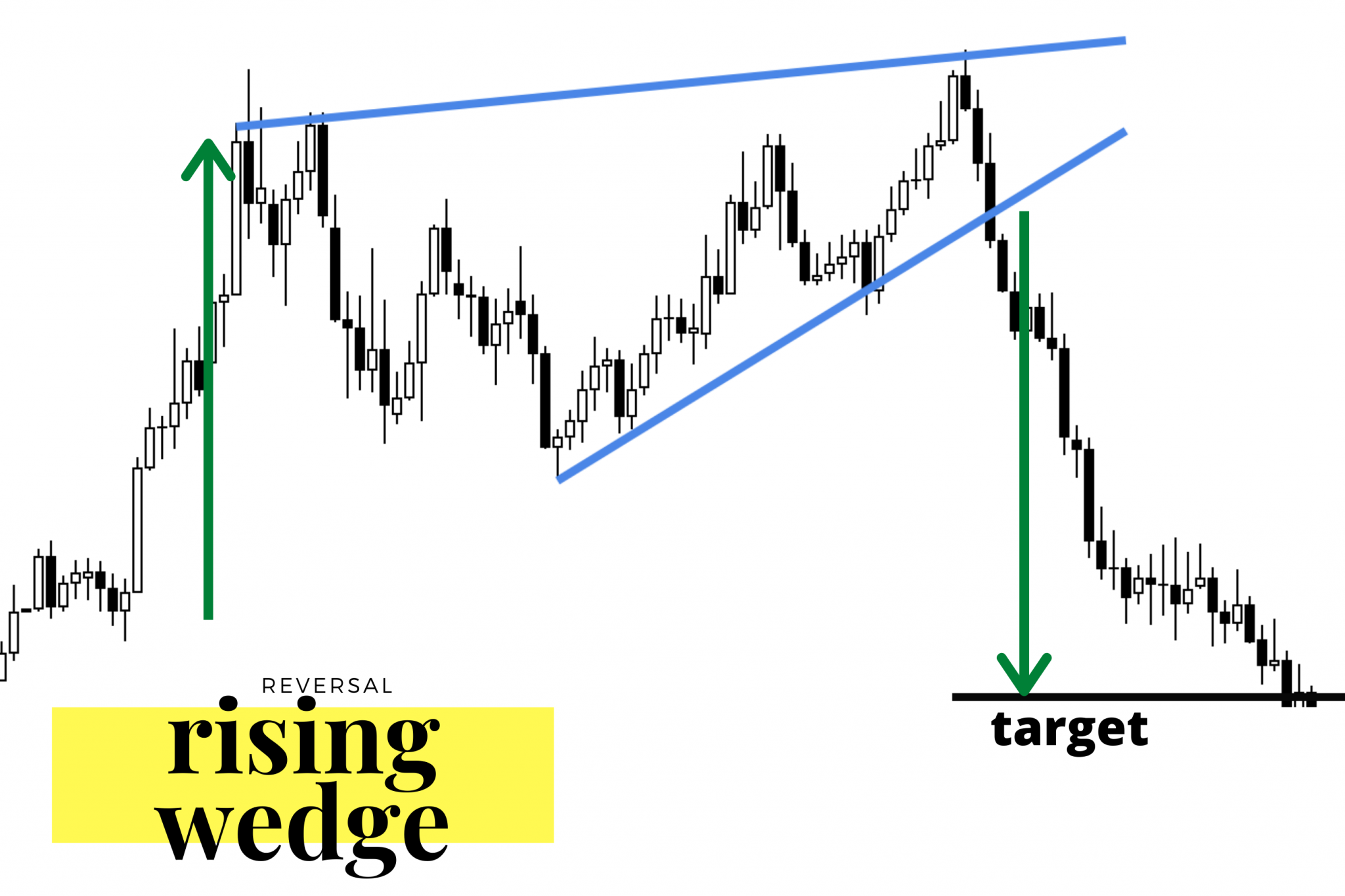


It is formed when the prices are making Lower Highs and Lower Lows compared to the previous price movements. The Falling Wedge in the downtrend indicates a reversal to an uptrend. It gives traders opportunities to take buy positions or average their position in the market. The Falling Wedge in the Uptrend indicates the continuation of an uptrend. This results in the breaking of the prices from the upper trend line.ĭepending upon the location of the falling wedges indicates whether the trend will continue or reverse: Falling Wedges in Uptrend What is a Falling Wedge Pattern?Ī falling wedge is formed by two converging trend lines when the stock’s prices have been falling for a certain period.īefore the line converges the buyers come into the market and as a result, the decline in prices begins to lose its momentum. It gives traders opportunities to average or take short positions in the market. It is formed when the prices are making Higher Highs and Higher Lows compared to the previous price movements. The Rising Wedge in the downtrend indicates a continuation of the previous trend. It gives traders opportunities to take short positions in the market. The rising wedge in an uptrend indicates a reversal of the downtrend. This results in the breaking of the prices from the upper or the lower trend lines but usually, the prices break out in the opposite direction from the trend line.ĭepending upon the location of the rising wedges it indicates whether the trend will continue or reverse: Rising Wedges in Uptrend

How do you differentiate between a wedge and a triangle chart pattern?Ī rising wedge is formed by two converging trend lines when the stock’s prices have been rising for a certain period.īefore the line converges the sellers come into the market and as a result, the prices lose their momentum.
RISING WEDGE TRADING HOW TO
How to filter Stocks using this Chart Pattern Screener?.Formation of the Rising and Falling Wedge Pattern.Learn more about wedge patterns like the falling wedge pattern. Rising wedge patterns offer reliable signals for short selling, so we highlight them within downtrends for members of our stock pick service. Each rising wedge led to further downside, with the sell signal or the short sell signal being the downside break of the lower rising trend line. This stock formed a pair of rising wedge patterns during its downtrend. Stronger volume and a higher intensity that accompanies the selling makes this pattern more reliable. Volume expansion which accompanies a breakdown from a rising wedge pattern adds reliability when trading this pattern.īreakout Expectation: A breakdown from a rising wedge pattern should be accompanied by volume expansion as rising support is broken and selling accelerates. The early portion of the wedge has a wider price range, while the latter stages of a rising wedge are characterized by tighter price action. This may be seen by drawing two rising trend lines, one steeper trend line connecting minor lows, and a shallower trend line connecting minor highs. When found within the context of an uptrend, the rising wedge is an indication that an uptrend may soon reverse course with downside price action to follow.Īppearance: The rising wedge pattern is a contracting trading range with an upward tilt. The rising wedge pattern is a reliable short sell indication.Ĭontext: When found within a downtrend, the rising wedge is a continuation pattern with similar characteristics of a bear flag pattern. In either case, a downside break from a rising wedge pattern is a technical sell signal or short sell signal. Rising wedge patterns are bearish and are found at the ends of uptrends as well as during downtrends.


 0 kommentar(er)
0 kommentar(er)
